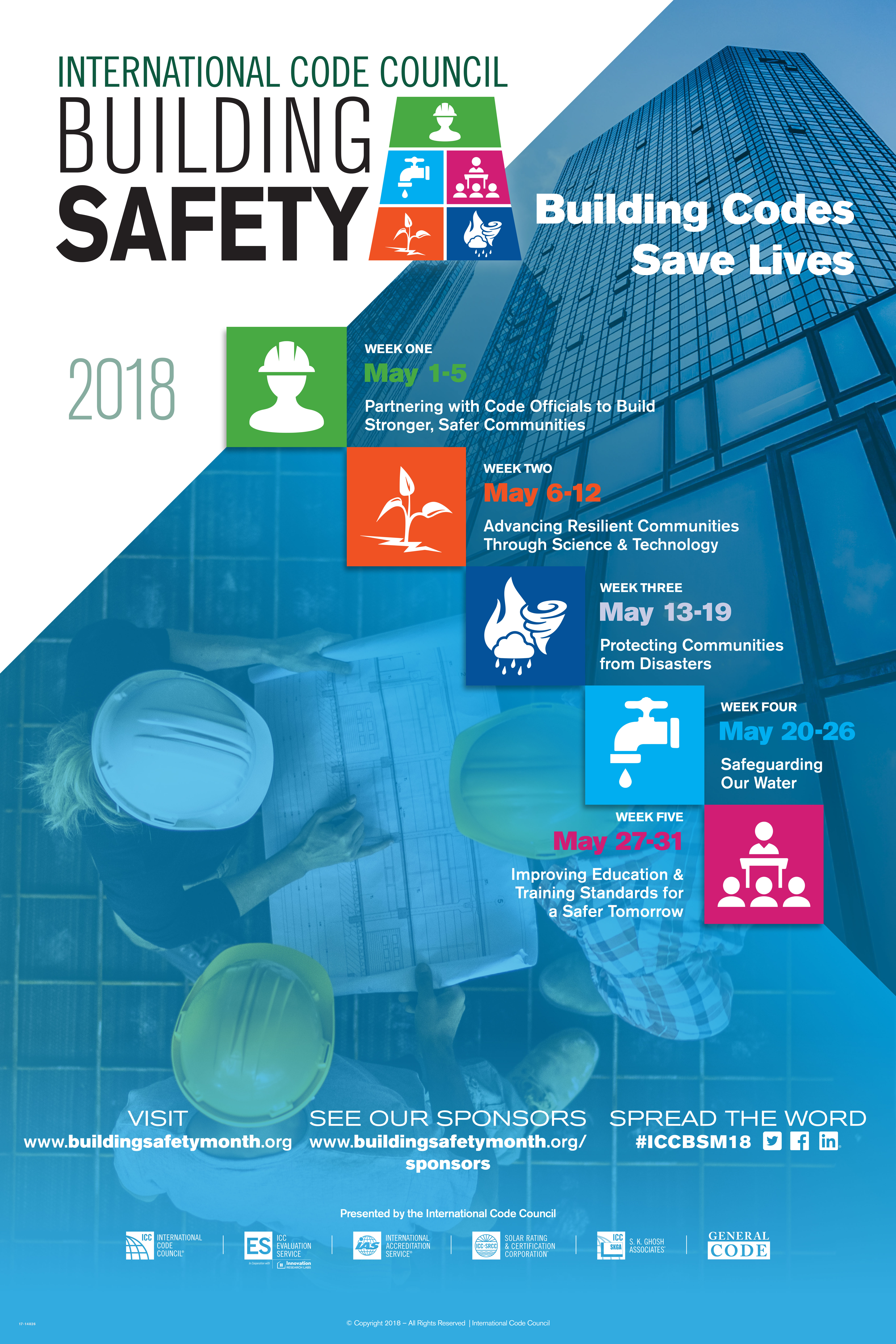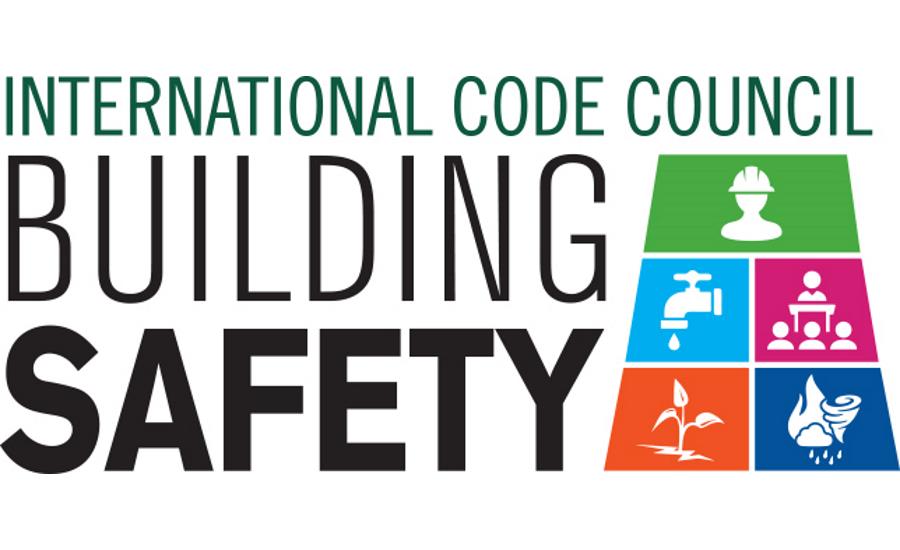2017 was a historic year for tragic natural disasters. The National Oceanic and Atmospheric Administration reports that last year the U.S. was impacted by 16 disaster events that individually cost billions of dollars including three cyclones, eight severe storms, two inland floods, a crop freeze, drought and wildfire. Estimated total cumulative damage of last year’s natural disasters hit a record-breaking $306.2 billion.
 For 2018, scientists predict that we will see more natural disasters occurring in areas that previously thought they were immune. These predictions call for proper planning to help prevent loss of life, property damage and unnecessary post-disaster expenses. Regularly updated building codes are essential to helping our communities prepare for the disasters that are inevitably coming and rebound faster following an event.
For 2018, scientists predict that we will see more natural disasters occurring in areas that previously thought they were immune. These predictions call for proper planning to help prevent loss of life, property damage and unnecessary post-disaster expenses. Regularly updated building codes are essential to helping our communities prepare for the disasters that are inevitably coming and rebound faster following an event.
With the experience of our 64,000 members, the International Code Council develops the International Codes (I-Codes), a family of 15 coordinated, modern codes used in the U.S. and throughout the world. The I-Codes incorporate the latest science and technology that protects against building failures, hurricanes, tornadoes, floods, fires and other modern-day disasters. From plumbing and electrical to stairs, flooring and roofing, building codes affect every aspect of the structures where we live, work and play.
Despite their importance to our health, welfare and safety, the building codes that protect us are often viewed with indifference when they’re thought of at all. In light of recent disasters and those that are predicted, we cannot afford to downgrade, repeal or walk back our codes. Building codes save lives.
In February, the U.S. Congress passed the Federal Cost Share Reform Incentive as a provision of the Bipartisan Budget Act of 2018. This provision encourages states to adopt the latest building codes, incentivizes states to invest in the resiliency of their communities, and includes additional disaster relief funds of nearly $90 billion. This is a win for all as it will help to reduce the burden of growing financial losses on the federal government and the states as a result of the increased frequency of natural disasters.
According to the National Institute of Building Sciences, the cumulative benefits of pre-disaster mitigation and compliance with current building codes shows a national benefit of $6 for every $1 invested. Communities that build to the most current codes bounce back faster after a disaster and spend less on rebuilding and recovery.
This May is the 38th annual Building Safety Month celebration when professionals from the construction, design and safety communities come together with private companies, government agencies, professional associations and nonprofits to promote building safety around the world. See how you can help at www.buildingsafetymonth.org. Building codes should be a priority for us all, this May and always, as they protect our lives, our families and our investments.

Recent Comments
These are actually very helpful tips. It is...
This is the most beneficial blog for all...
This blog is a great resource for anyone...
Thank you for sharing this important information. I...
This is a very interesting subject of the...